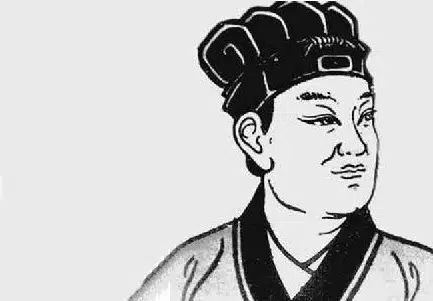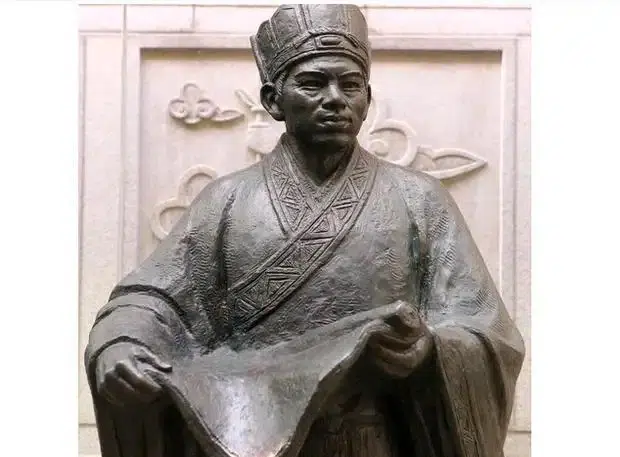Cai Lun and other notable individuals in the past shaped our modern-day world with timeless innovations. Cai Lun, also known as Tsai Lun, was an inventor who had a diverse background in one of China’s earliest dynasties. From an early age, he showed prowess in dynasty politics until he ventured into innovation and succeeded. His creation earned him recognition worldwide and cemented his place in history forever. This is a detailed piece about Cai Lun, his life, and his creative side that bore a timeless invention.
Who Is Cai Lun?

Cai Lun was a Chinese eunuch who had a long-serving career in one of the nation’s oldest empires. He had humble beginnings, but destiny led him to the Han dynasty, where he performed specialized tasks and brushed shoulders with influential individuals as he mingled with elites. He worked for several emperors during his lifetime. As he conducted his political duties in the Han dynasty, Cai Lun made his most notable accomplishment; an invention that benefited humanity for centuries after his death.
When Was Cai Lun Born and Died?
how did cai lun die? The precise year of Cai Lun’s birth is unknown, but several sources estimate he was born around 25 BCE. Historians trace his roots back to Guiyang Commandery or the present-day Hunan Province at a city called Leiyang in the Eastern Han dynasty. He was born into a non-descript needy family, so his early life is significantly undocumented. As fate would have it, Cai Lun later worked as a eunuch for several emperors in the Han dynasty; he served them until he cut his life short in 121 BCE.
Why Did Cai Lun Kill Himself?
Cai Lun poisoned himself to death as a matter of honour. When a slighted Emperor An took power in the Han dynasty, he wanted to avenge his grandmother’s death. The emperor assented to power after Empress Deng died; he desired revenge, so he punished people affiliated with the previous rule since he believed a romantic rivalry was responsible for his loss.
Unfortunately, Cai Lun worked for the empress as the head of her imperial court. The emperor summoned Cai Lun to plead his case. History presumes he would ultimately face an execution. Since this kind of death was a disdain, Cai Lun decided to commit suicide; he bathed and wore his official clothes before he took poison to avoid a trial. Interestingly, Cai Lun gained more fame in death, especially in papermaking communities where people even made a temple as spiritual memoirs of his honour.
What Did Cai Lun Invent?
Cai Lun is widely known as the man who invented paper and the modern papermaking method. He supposedly drew inspiration from paper wasps and their distinct nests. It is a notable achievement since prior writing media like bamboo sticks had serious disadvantages that were an inconvenience; paper changed how people wrote. This paper was one of the few Chinese inventions that did not rely on Europe’s contribution at the time. China also used the paper Cai Lun invented to document essential parts of her history. Although other innovators enhanced and mechanized Cai Lun’s papermaking, his role in the process is still undeniable.
Why Did Cai Lun Invent Paper?

For years, writing surfaces in China were heavy, bulky, and cumbersome bamboo slips for short text and wooden slips for lengthy text. Other civilizations from regions like Egypt used papyrus and stretched animal skin as a writing surface, but they all had similar shortcomings. When Meng Tian, another Chinese inventor, supposedly made an animal-hair writing brush in the 3rd century, people turned to silk and cloth as a writing medium to address these issues.
Despite Tian’s innovative writing tool, its writing medium was too costly and exclusive. In 105 BCE, when Cai Lun was around 55 years old, he publicly announced his invention. Cai Lun had devised a convenient way to write. He wanted to improve writing, so he invented paper; it was light, easy to use, affordable, and had a fast production process.
How Did Cai Lun Make Paper?
Cai Lun craftily used bamboo, mulberry tree barks, hemp waste, old rags, and fishnets to make a pulp solution for papermaking. The Chinese legend had several steps in his papermaking process; he boiled the raw materials to extract cellulose fiber as a pulp. Cai Lun strained the pulp and beat it on a wooden or stone mallet before he placed it in a pool of water. He filtered the soaked pulp with wooden sieves and dried it in sheets of wet fiber to make paper. Finally, Cai Lun used presses to slowly drain water from the sheets and get the bone-dry paper sheets that historians often call Cai Hou. This technique also earned him the title the paper of Lord Cai.
This method was the most stable papermaking process during the earliest centuries. Historians believe Cai Lun chose mulberry bark because people from his birthplace initially used these trees to make clothes for writing. The ingredients improved the paper’s chemical composition while the machinery hastened paper production. Cai Lun’s technique gained traction across China, the Middle East, Europe, and the entire world for thousands of years. His techniques are also the foundation of modern-day papermaking.
Cai Lun Quotes
Despite Cai Lun’s influence on Chinese history, there are no significant records of his quotes and sayings for reference or inspiration. However, folklores detail his wit as a trickster that influenced his appointments in his eunuch career and later drove sales for his paper invention. Luckily, Cai Lun’s deification keeps his memory alive.
Conclusion
Cai Lun played an essential role in China’s history. This Han dynasty eunuch is responsible for modern papermaking techniques since he made the world’s first viable paper. Paper earned Cai Lun fame throughout the Chinese empires; his legacy lives in an essential modern household and industrial activities. Paper makers use his techniques with slight variations to make what we use today. So, the next time you use toilet paper, printed items, and teabags, remember Cai Lun and his ingenuity.